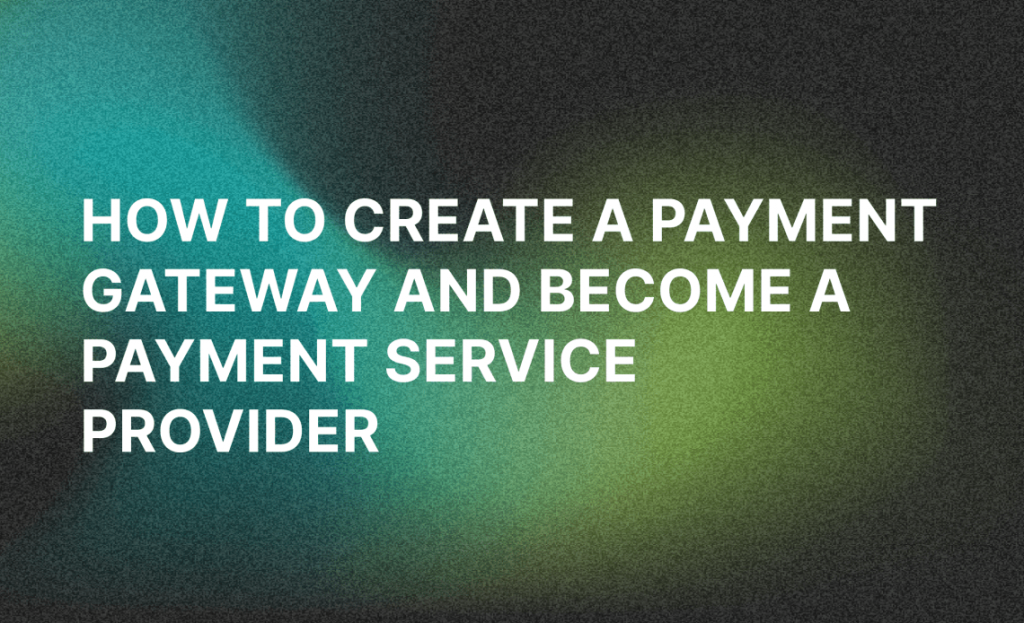Learning to be a payment processor involves moving a complicated market with strict regulations and tough competition. Nevertheless, with the right approach and determination, you can set up a successful cost control business. Here’s a detailed guide on how best to develop into a payment model:
Understand the Market: Begin by getting an intensive understanding of the payment running industry. Research different types of payment processors, payment practices, and market trends. Familiarize your self with payment card communities like Credit, Mastercard, and National Show, as well as regulatory figures including the Cost Card Business Data Security Common (PCI DSS).
Create a Business Program: Produce a comprehensive company program outlining your perspective, target industry, companies offered, pricing technique, advertising program, and economic projections. Contemplate facets such as for instance start-up charges, running costs, revenue channels, and development projections. A well-crafted company plan will serve as a roadmap for your cost processing business and support entice investors or protected financing.
Receive Necessary Permits and Permits: Study the legitimate and regulatory requirements for operating a payment processing business in your jurisdiction. Receive the required permits and permits to ensure submission with local, state, and federal regulations. This may contain joining your business with regulatory authorities and obtaining a Income Companies Organization (MSB) license.
Identify Associations with Cost Companions: Construct associations with acquiring banks, payment processors, and payment gateways to facilitate card transactions for your clients. Select respected associates with powerful engineering systems, competitive pricing, and exemplary customer support. Negotiate good terms and agreements to guarantee the accomplishment of one’s cost handling business.
Set Up Infrastructure: Spend money on the required infrastructure, technology, and equipment to support your cost running operations. This could include setting up merchant accounts, cost terminals, point-of-sale (POS) systems, and online cost gateways. Implement safety actions to protect sensitive and painful cost information and comply with PCI DSS requirements.
Industry Your Services: Develop an extensive marketing strategy to promote your cost handling solutions to potential clients. Use a mix of online and offline advertising ways, such as internet site optimization, social media advertising, email campaigns, network events, and strong income outreach. Spotlight the benefits of your companies, such as for example rapidly purchase running, competitive rates, and outstanding client support.
Purchase Vendor Clients: Concentrate on getting merchant clients across different industries, including retail, e-commerce, hospitality, healthcare, and professional services. Target companies with large deal amounts and present customized alternatives designed to their certain needs. Offer exceptional customer service and support to create confidence and commitment with your clients.
Monitor Performance and Change: Continuously check the performance of one’s payment running business and adapt to changing industry conditions. Analyze critical becoming a payment processor such as for instance transaction volume, revenue, customer satisfaction, and spin rate to recognize parts for improvement. Keep knowledgeable about market developments and engineering improvements to stay aggressive in the quickly developing cost control landscape.
By subsequent these steps and trading time and resources into creating a strong foundation for the payment control company, you are able to place yourself for achievement in that energetic and lucrative industry. With devotion, perseverance, and strategic planning, you can achieve your purpose of learning to be a successful cost processor.

